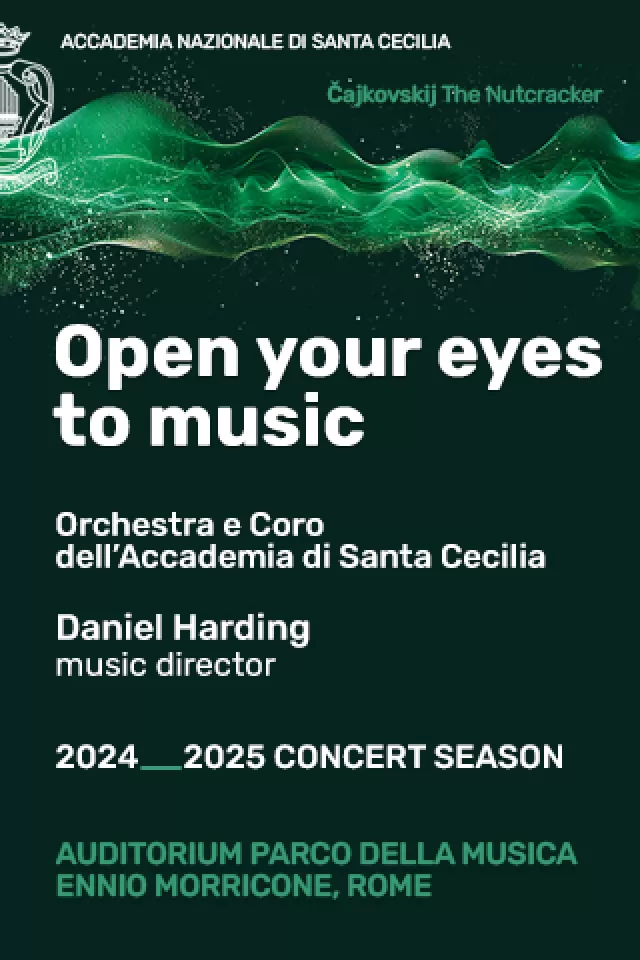A season for the new opera theatres.
It could seem inappropriate to remember the reopening of the Italian opera theatres La Fenice in Venice and La Scala in Milan at the end of last year in the context of the catastrophic and profound effects of the earthquake and tidal waves that hit the Indian Ocean region on 26 December. However, perhaps in some small way, the two openings can be seen as a symbol of life that continues even in the face of despair.
La Fenice is a good example of how beauty can be reborn out of destruction like the legendary phoenix that burned on its own funeral pyre and then rose from its ashes. The theatre, which was burnt down in January 1996, has been rebuilt in the same place and in the same style as before. Everything is the same the stucco, the paintings, the chandeliers, the lighting, the stage curtain. The only thing that has changed is the upholstery, now a subtle blue instead of red, in keeping with the colour of the paintings in the hall. A few areas have not been restored and in some places the walls have been left bare, as though to remind people of the painful past.
The stage however is new, even though it looks the same, built with the most advanced technology, and with ever more surprising and spectacular sets. Everything glitters and shines; perhaps it is all a bit too new, perhaps a bit too bright, and however good the paintings may be, there is no getting away from the fact that they are modern reproductions.
For those who remember the previous theatre, there is a sense of emptiness and a lack of atmosphere about the new building; the previous patina is missing, as is the dust of ages that gave the old La Fenice its warmth and richness. However, it is worth remembering that it was a copy of an earlier one, which also went up in flames. Give it time and the old atmosphere will probably return. Meanwhile, this beautiful reproduction with its wonderful acoustics is certainly preferable to the cold ex novo anonymous atmosphere of La PalaFenice, used as a substitute during restoration, where it was impossible to hear a thing.
The Teatro alla Scala of Milan has also been rebuilt, not as a consequence of fire, but to bring the old complex into line with the requirements of a modern opera house which is one of the worlds biggest and most famous. At La Scala, the stage and backstage have been completely rebuilt, but at the expense of La Piccola Scala, a smaller theatre, which saw the performance of many great conductors, producers and singers. It has been pulled down to make way for the two new buildings; one, in the form of an ellipse, contains the theatres offices, the other, the so-called stage tower, in the shape of a parallelogram, contains the stage with its complex system of mobile floors, the rehearsal, make-up and changing rooms, the wardrobes and the canteen.
The Milanese now gather in small groups in the square outside the theatre to discuss the merits and demerits of this new and strange phenomenon, continuing the controversy that started even before the rebuilding.
Critics maintain that the ellipse and the tower are too high and too heavy, changing not only the harmony of the faade but also the balance of the square. Others describe the buildings as two grey, anonymous giants that sleep harmlessly enough during the day, but wake at night when the lights in the ellipse come on and the small lamps illuminate the tower, giving the whole place the spectral air of a cemetery.
However, inside La Scala, controversy gives way to admiration and wonder. The Piermarini hall is resplendent. The furnishings, seats and curtain have been reproduced in their original red-purple colour; the boxes have been cleaned, the carpeting has gone and been replaced by oak flooring. All this is not only visually beautiful but, most important of all, it has restored the acoustics to their former quality. Now the sound of the orchestra is richer and fuller than before, and the voices fill the theatre once again, something that had not happened for far too long.
The season at La Scala opened, according to tradition, on 7 December with Salieris Europa risconosciuto, but now there will be no performances until the end of March, when Riccardo Muti will conduct two modern and contemporary works. After that the doors close again until the beginning of the summer when La Bohme, Cenerentola and Il Barbiere di Siviglia will be staged. During the interruptions, when the final touches will be given to the restoration, the season will continue as usual at Milans modern music auditorium in the suburbs, the Teatro degli Arcimboldi.
Teatro La Fenice, tel. 041786511, www.teatrolafenice.it.
Teatro alla Scala, tel. 0272003744, www.teatroallascala.org.

















